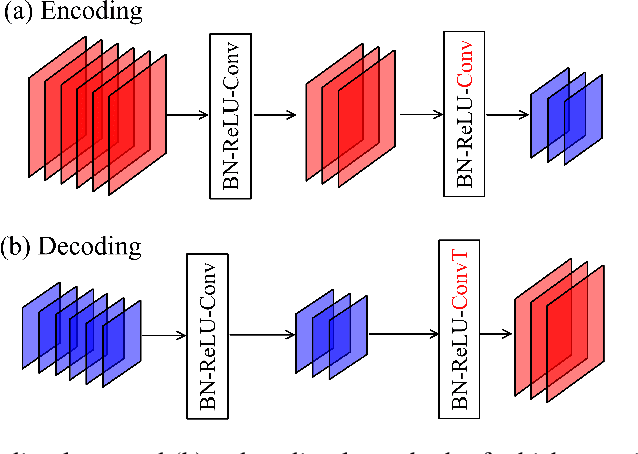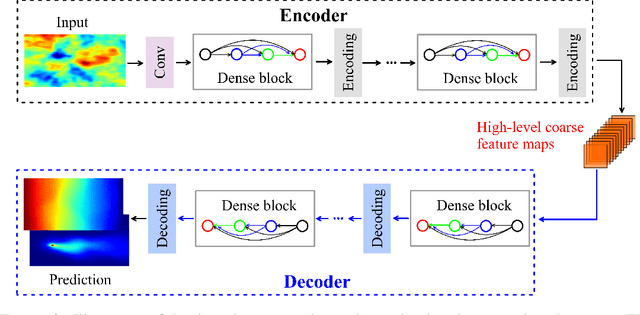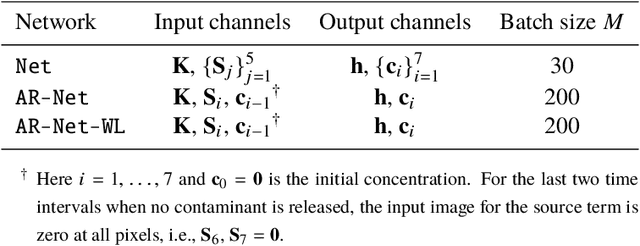Deep autoregressive neural networks for high-dimensional inverse problems in groundwater contaminant source identification
Paper and Code
Dec 22, 2018



Identification of a groundwater contaminant source simultaneously with the hydraulic conductivity in highly-heterogeneous media often results in a high-dimensional inverse problem. In this study, a deep autoregressive neural network-based surrogate method is developed for the forward model to allow us to solve efficiently such high-dimensional inverse problems. The surrogate is trained using limited evaluations of the forward model. Since the relationship between the time-varying inputs and outputs of the forward transport model is complex, we propose an autoregressive strategy, which treats the output at the previous time step as input to the network for predicting the output at the current time step. We employ a dense convolutional encoder-decoder network architecture in which the high-dimensional input and output fields of the model are treated as images to leverage the robust capability of convolutional networks in image-like data processing. An iterative local updating ensemble smoother (ILUES) algorithm is used as the inversion framework. The proposed method is evaluated using a synthetic contaminant source identification problem with 686 uncertain input parameters. Results indicate that, with relatively limited training data, the deep autoregressive neural network consisting of 27 convolutional layers is capable of providing an accurate approximation for the high-dimensional model input-output relationship. The autoregressive strategy substantially improves the network's accuracy and computational efficiency. The application of the surrogate-based ILUES in solving the inverse problem shows that it can achieve accurate inversion results and predictive uncertainty estimates.
 Add to Chrome
Add to Chrome Add to Firefox
Add to Firefox Add to Edge
Add to Edge